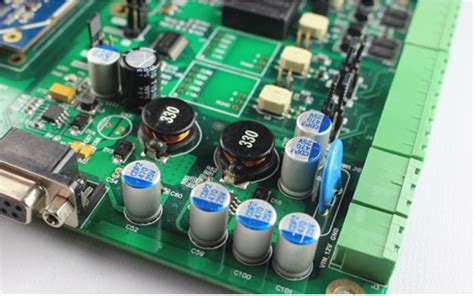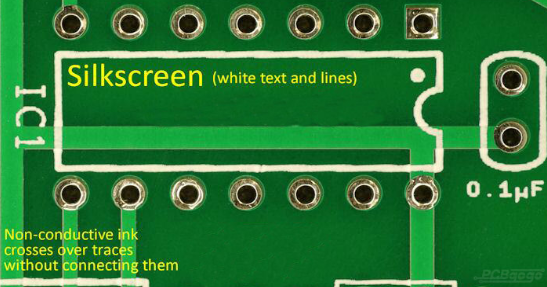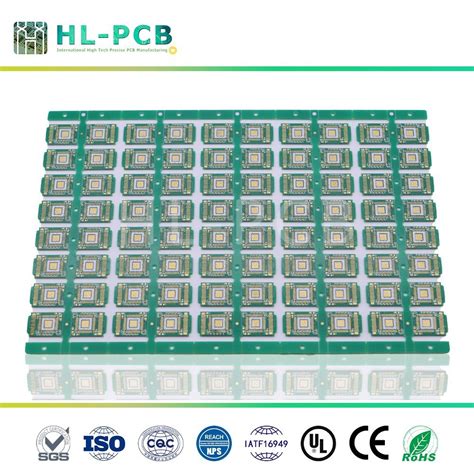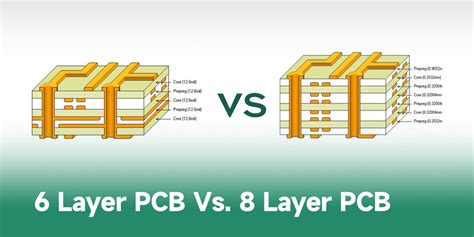Optimizing Efficiency in PCBA Production Processes
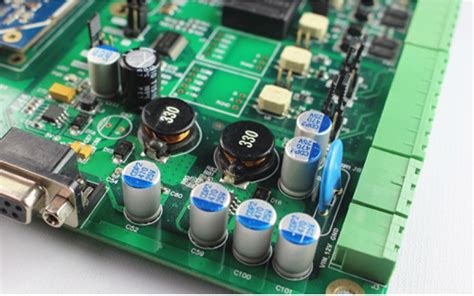
Key Takeaways
Efficient PCBA production is paramount in enhancing the overall performance and profitability of manufacturing operations. By embracing best practices for reducing waste, manufacturers can significantly streamline their pcb assembly processes. Incorporating advanced technologies, such as automated inspection systems and real-time monitoring tools, plays a crucial role in minimizing defects and ensuring high-quality production standards. Moreover, adopting a lean approach to workflows allows teams to identify bottlenecks and inefficiencies, thereby facilitating smoother processes. Cost reduction strategies can be effectively realized through bulk purchasing of materials and optimizing supply chain logistics, thereby lowering the overall production expenses. The integration of automation not only minimizes human error but also boosts productivity by allowing for faster execution of repetitive tasks within the PCBA workflow. Ultimately, measuring and analyzing key performance metrics will empower manufacturers to make well-informed decisions that continually enhance their production efficiency, ensuring they remain competitive in the evolving market landscape.
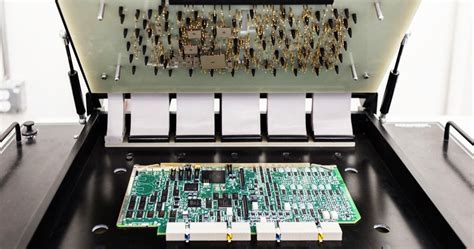
Introduction to PCBA Production Efficiency
In the competitive landscape of electronics manufacturing, enhancing PCBA (Printed Circuit Board Assembly) production efficiency is paramount. Effective pcb assembly processes can significantly impact overall productivity, reduce operational costs, and ensure timely delivery of products. To achieve this, manufacturers must adopt a multifaceted approach that includes optimizing resource allocation, minimizing downtime, and implementing rigorous quality control measures. By focusing on the entire workflow of PCBA, from initial design to final assembly, companies can identify key areas where inefficiencies may arise. Incorporating best practices such as real-time monitoring of production lines can lead to quicker identification of bottlenecks, allowing for swift corrective actions. Furthermore, engaging in regular training programs for the workforce ensures that employees are well-versed in the latest techniques and technologies relevant to pcb assembly and PCBA processes. This proactive stance aids in fostering a culture that prioritizes continuous improvement, which is essential in today’s rapidly evolving technology sector. By leveraging advanced methodologies and keeping abreast of industry trends, manufacturers can not only optimize their operations but also position themselves as leaders in an increasingly challenging market.
Best Practices for Reducing Waste in PCBA Manufacturing
In the realm of PCBA (printed circuit board assembly) manufacturing, reducing waste is a pivotal component in enhancing efficiency and sustainability. Implementing best practices not only leads to better resource management but also significantly lowers production costs. One effective approach is to adopt a just-in-time inventory strategy, where materials are procured as needed, thus minimizing excess and obsolete components. Additionally, utilizing high-quality materials can prevent defects that often result in scrapped units.
Moreover, ensuring that all team members are well-trained on the pcb assembly processes helps in identifying potential waste sources at different stages of production. This increased awareness fosters a culture of continuous improvement where every employee contributes to waste reduction initiatives.
“Efficiency in manufacturing starts with the people; invest in their training to see immediate results.”
Another key factor is to conduct regular audits of the manufacturing processes. This can help identify inefficiencies or bottlenecks, enabling prompt corrective actions. Implementing lean manufacturing principles can also streamline workflows, allowing for a more responsive and agile production environment.
Incorporating advanced technologies, such as automation and real-time monitoring systems, further enhances the ability to track materials and reduce wastage effectively. Each initiative can create a significant impact on overall productivity while ensuring that businesses stay competitive in an ever-evolving market landscape.
By systematically addressing waste management strategies within PCBA production, companies can achieve not only operational efficiency but also contribute positively towards a sustainable future in electronics manufacturing.

Leveraging Advanced Technologies in PCBA Production
In today’s rapidly evolving manufacturing landscape, the adoption of advanced technologies is essential for enhancing efficiency in PCBA (Printed Circuit Board Assembly) production processes. One such technology is the integration of robotics and automated systems, which substantially reduces manual intervention, thereby minimizing the likelihood of human error. Automation not only speeds up the assembly line but also allows for more consistent quality control, leading to reduced waste and improved overall product reliability.
For instance, employing 3D AOI (Automated Optical Inspection) can enhance defect detection, enabling manufacturers to identify and rectify issues earlier in the production cycle. This technology transforms traditional inspection processes by utilizing high-resolution imaging to inspect solder joints and component placements with remarkable accuracy. Additionally, implementing IoT (Internet of Things) solutions in the production floor can provide real-time data analytics on various metrics such as machine performance and material usage. By analyzing this data, manufacturers can make informed decisions that directly impact workflow optimization.
| Technology | Benefits |
|---|---|
| Robotics | Increases speed and reduces human error |
| 3D AOI | Enhances defect detection and quality control |
| IoT Solutions | Offers real-time analytics for proactive adjustments |
The combination of these technologies creates a robust framework that not only streamlines processes but also fosters an environment where continuous improvement is at the forefront. This systematic approach not only boosts productivity but also aligns with best practices aimed at reducing costs in PCB assembly operations. Adopting such innovative strategies positions manufacturers to remain competitive while delivering high-quality products efficiently.
Streamlining Workflows for Optimal Productivity
In the competitive landscape of PCBA manufacturing, efficiency is paramount, and one of the most effective methods to achieve this is by streamlining workflows. By carefully analyzing each stage of the PCB assembly process, manufacturers can identify bottlenecks and eliminate redundancies, which not only enhances productivity but also promotes better resource utilization. Implementing lean manufacturing principles can be incredibly beneficial; these principles focus on minimizing waste while maximizing value. For instance, employing integrated software solutions allows for better communication between teams, enabling a smoother handoff between design and production stages. Additionally, adopting a just-in-time (JIT) approach can help in maintaining optimal inventory levels, reducing holding costs while ensuring that materials are available when needed. Utilizing advanced technologies, such as automation tools and data analytics, further aids in achieving seamless workflow synchronization. By investing in these technologies, organizations can gain real-time insights into their production processes and swiftly adapt to any changes that may arise. Ultimately, by prioritizing workflow efficiency within PCBA production, companies set themselves up for not only increased productivity but also significant cost savings over time.
Cost Reduction Strategies in PCBA Processes
Reducing costs in PCB assembly processes is crucial for maintaining a competitive edge in the market. One effective strategy involves the adoption of lean manufacturing principles, which focus on minimizing waste while maximizing productivity. By analyzing each step involved in PCBA, manufacturers can identify inefficiencies and streamline their processes, ultimately leading to significant cost savings. Implementing just-in-time (JIT) inventory management can further enhance cost reduction by ensuring that materials are available only as needed, thus minimizing excess stock and storage costs. Additionally, investing in advanced technologies, such as automated soldering and inspection systems, can reduce labor costs and improve accuracy, significantly impacting the overall economy of production. Another vital aspect is fostering strong relationships with suppliers to negotiate better pricing on materials without compromising quality. By innovatively addressing these areas, companies can see a marked reduction in operational costs while enhancing the quality of their PCBA outputs.
The Role of Automation in Enhancing Efficiency
In the ever-evolving landscape of pcb assembly, automation plays a pivotal role in streamlining processes and enhancing overall efficiency in PCBA production. By integrating advanced automated systems, manufacturers can significantly reduce manual intervention, which not only minimizes error rates but also accelerates production speeds. Robotics and automated machinery are utilized for tasks such as surface mount technology (SMT) assembly, inspection, and testing, thereby ensuring consistent quality and precision across all units. Furthermore, the implementation of automated material handling systems optimizes the flow of components through the production line, reducing downtime and improving throughput. This shift towards automation not only bolsters productivity but also allows teams to focus on strategic aspects of production, such as designing innovative solutions or improving existing processes. As technology continues to advance, we can expect to see increased applications for automation within PCBA processes, ultimately transforming how manufacturers approach efficiency and quality in their operations. The synergy between pcb assembly and automation sets a new benchmark for productivity standards across the industry.
Measuring and Analyzing Performance Metrics in PCBA
In the competitive landscape of pcba production, measuring and analyzing performance metrics is essential for identifying areas in need of improvement and ensuring operational excellence. Effective measurement begins with the establishment of key performance indicators (KPIs) that reflect the critical aspects of pcb assembly processes, such as yield rates, cycle times, and defect rates. By utilizing advanced data analytics tools, manufacturers can gather real-time insights that facilitate informed decision-making. For instance, tracking the cycle time for each step in the pcba production process allows teams to pinpoint bottlenecks and implement targeted solutions. Furthermore, leveraging automated reporting systems can streamline performance reviews and enable continuous improvement efforts. Regularly analyzing these metrics not only enhances visibility into production efficiency but also empowers organizations to adopt proactive strategies in meeting quality and cost goals. Ultimately, a systematic approach to measuring performance metrics fosters a culture of accountability and helps ensure the sustainability of pcb assembly operations over time.
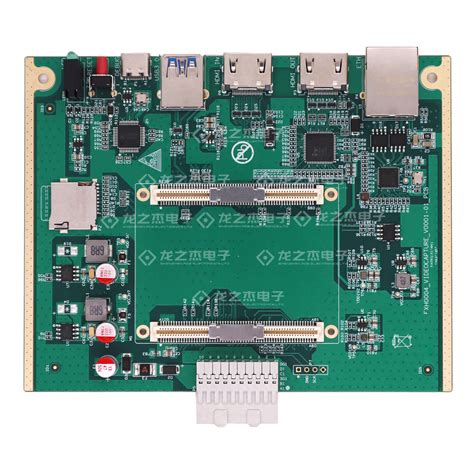
Future Trends in PCBA Production Optimization
As the landscape of pcb assembly continues to evolve, companies are increasingly focusing on innovative strategies to enhance the pcba production process. One significant trend is the integration of smart manufacturing technologies, which leverage real-time data analytics and IoT (Internet of Things) to optimize production lines. These technologies enable manufacturers to monitor equipment performance and predict potential issues before they arise, resulting in reduced downtime. Moreover, advancements in automated inspection systems are improving quality control by facilitating more accurate and efficient detection of defects during the pcb assembly process.
Another emerging trend is the shift towards sustainable manufacturing practices. Businesses are recognizing the importance of reducing their environmental impact and are seeking ways to minimize waste throughout their operations. Implementing practices such as recycling materials and optimizing energy consumption not only enhances efficiency but also aligns with consumer expectations for environmentally responsible products.
Furthermore, modular production systems are gaining traction as a means to enhance flexibility within pcba production. These systems allow manufacturers to adapt quickly to changing demand or product specifications by reconfiguring their processes with minimal disruption. This adaptability is crucial for companies aiming to stay competitive in a rapidly changing market.
Overall, the future of pcba production optimization lies in embracing these innovative strategies that combine technology, sustainability, and flexibility. By staying ahead of these trends, manufacturers can significantly improve their productivity while minimizing costs, ultimately leading to a more resilient and efficient production ecosystem.
Conclusion
In summary, optimizing the efficiency of pcba production processes is paramount for manufacturers seeking to improve their market competitiveness and sustainability. By implementing best practices such as minimizing waste and enhancing quality control, organizations can significantly impact their overall productivity. The integration of advanced technologies plays a crucial role in this optimization journey—tools like automation and data analytics not only streamline the pcb assembly processes but also lead to more accurate decision-making through real-time insights. By fostering a culture that values continuous improvement and executing strategic workflow adjustments, manufacturers can achieve optimal productivity while simultaneously driving down costs. As the landscape of electronic manufacturing evolves, staying attuned to emerging trends and performance metrics will be essential in the quest for operational excellence in pcba production. Ultimately, those who adapt swiftly to these changes will thrive in an increasingly competitive environment, ensuring a robust foothold in the industry.
FAQs
What is PCBA production?
PCBA production refers to the process of pcb assembly, where printed circuit boards (PCBs) are assembled with electronic components to create fully functional electronic devices.
How can we optimize efficiency in PCBA manufacturing?
To optimize efficiency in pcba manufacturing, companies can adopt best practices such as reducing waste, streamlining workflows, and leveraging advanced technologies like automation.
What best practices can be implemented to reduce waste in PCBA processes?
Implementing lean manufacturing principles, regularly reviewing production processes, and investing in efficient equipment are effective strategies for reducing waste in pcb assembly.
What advanced technologies are impacting PCBA production?
Technologies such as artificial intelligence, machine learning algorithms, and automated inspection systems play a significant role in enhancing efficiency and accuracy in pcba production.
How does automation enhance efficiency in PCBA processes?
Automation reduces human error, increases speed, and ensures consistent quality by integrating robots and automated systems into the pcb assembly workflow.
What performance metrics should be measured to assess PCBA efficiency?
Key performance metrics include cycle time, defect rates, yield percentages, and overall equipment effectiveness (OEE), which help measure the effectiveness of pcba processes.
For additional insights on optimizing your pcb assembly, please click here: Andwin PCB.

